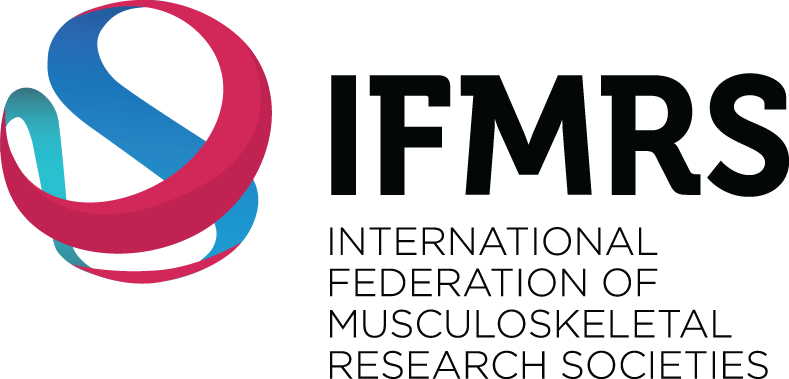MEET THE FIRST AUTHOR
Transferrin receptor 2 controls bone mass and pathological bone formation via BMP and Wnt signalling
Martina Rauner, Ulrike Baschant, Antonella Roetto, Rosa Maria Pellegrino, Sandra Rother, Juliane Salbach-Hirsch, Heike Weidner, Vera Hintze, Graeme Campbell, Andreas Petzold, Regis Lemaitre, Ian Henry, Teresita Bellido, Igor Theurl, Sandro Altamura, Silvia Colucci, Martina U. Muckenthaler, Georg Schett, Davide S. K. Komla-Ebri, J. H. Duncan Bassett, Graham R. Williams, Uwe Platzbecker & Lorenz C. Hofbauer
Nature Metabolism volume 1, 111–124 (2019).
March 2019
Transferrin receptor 2 (Tfr2) is mainly expressed in the liver and controls iron homeostasis. Here, we identify Tfr2 as a regulator of bone homeostasis that inhibits bone formation. Mice lacking Tfr2 display increased bone mass and mineralization independent of iron homeostasis and hepatic Tfr2. Bone marrow transplantation experiments and studies of cell-specific Tfr2-knockout mice demonstrate that Tfr2 impairs BMP-p38MAPK signalling and decreases expression of the Wnt inhibitor sclerostin, specifically in osteoblasts. Reactivation of MAPK or overexpression of sclerostin rescues skeletal abnormalities in Tfr2-knockout mice. We further show that the extracellular domain of Tfr2 binds bone morphogenic proteins (BMPs) and inhibits BMP-2-induced heterotopic ossification by acting as a decoy receptor. These data indicate that Tfr2 limits bone formation by modulating BMP signalling, possibly through direct interaction with BMP either as a receptor or as a co-receptor in complex with other BMP receptors. Finally, the Tfr2 extracellular domain may be effective in the treatment of conditions associated with pathological bone formation.

Martina Rauner
First Author
Technische Universität Dresden, Germany

Ulrike Baschant
First Author
Technische Universität Dresden, Germany

Andy Goebel
Interviewer
Technische Universität Dresden, Germany

